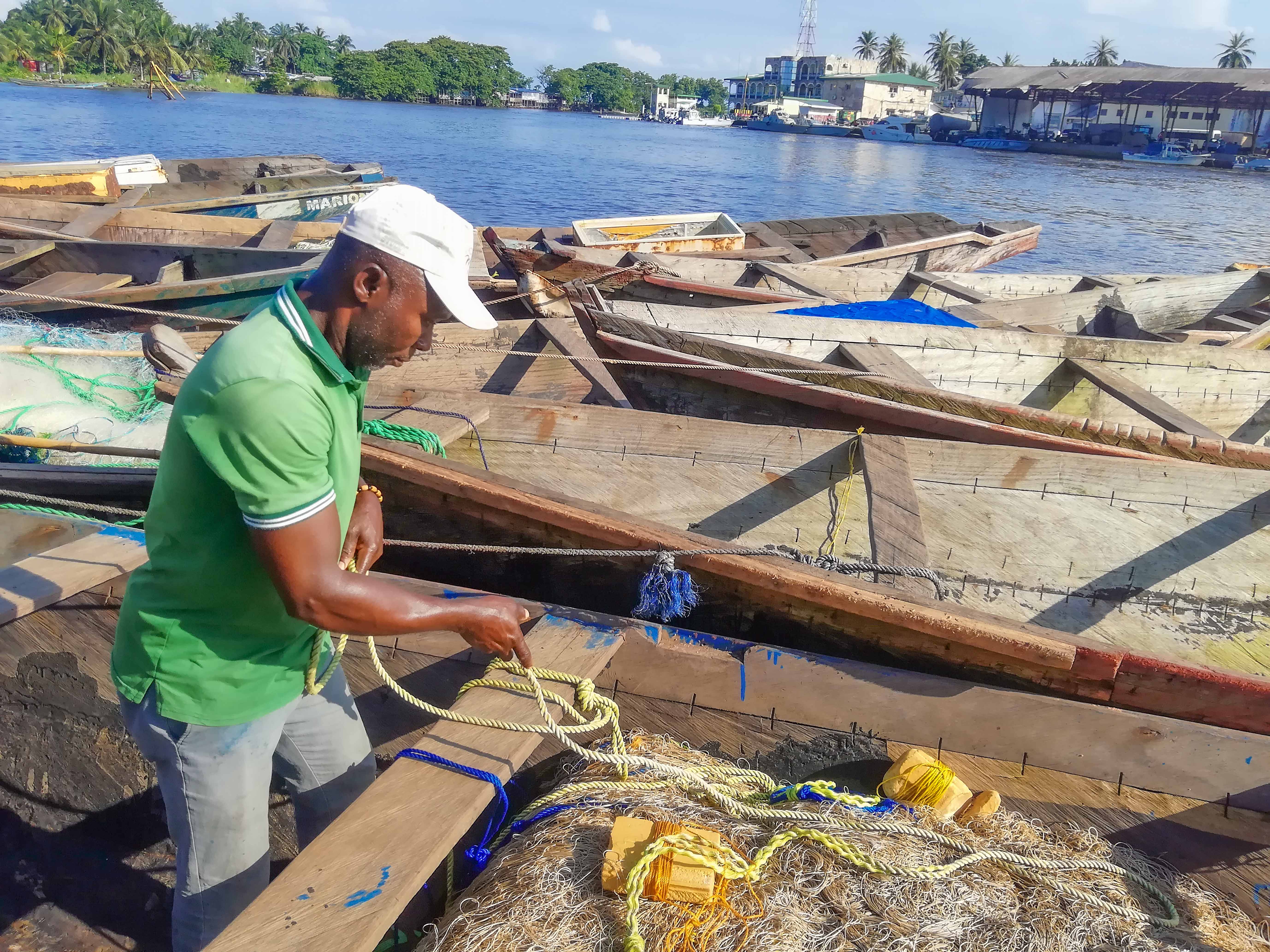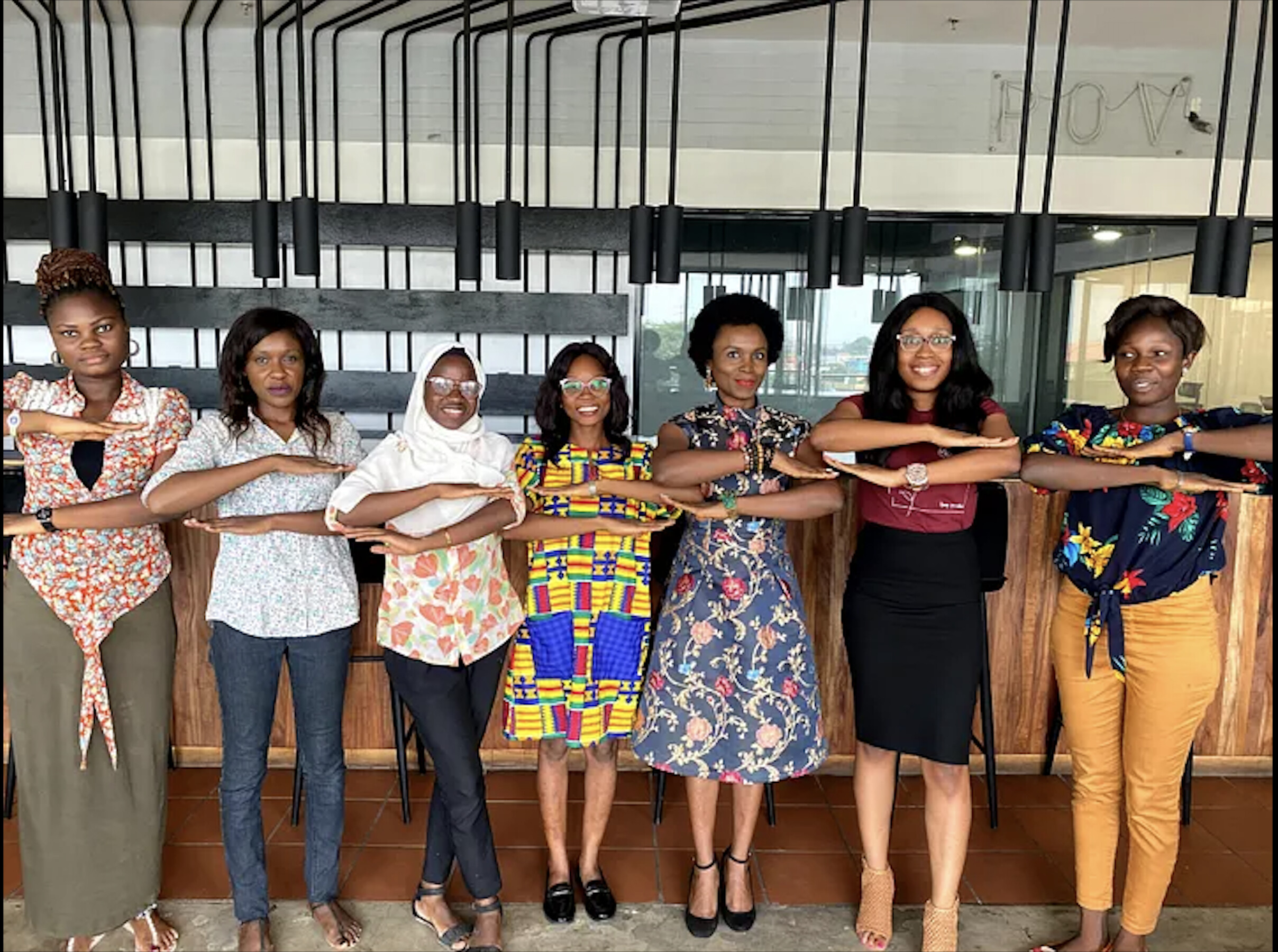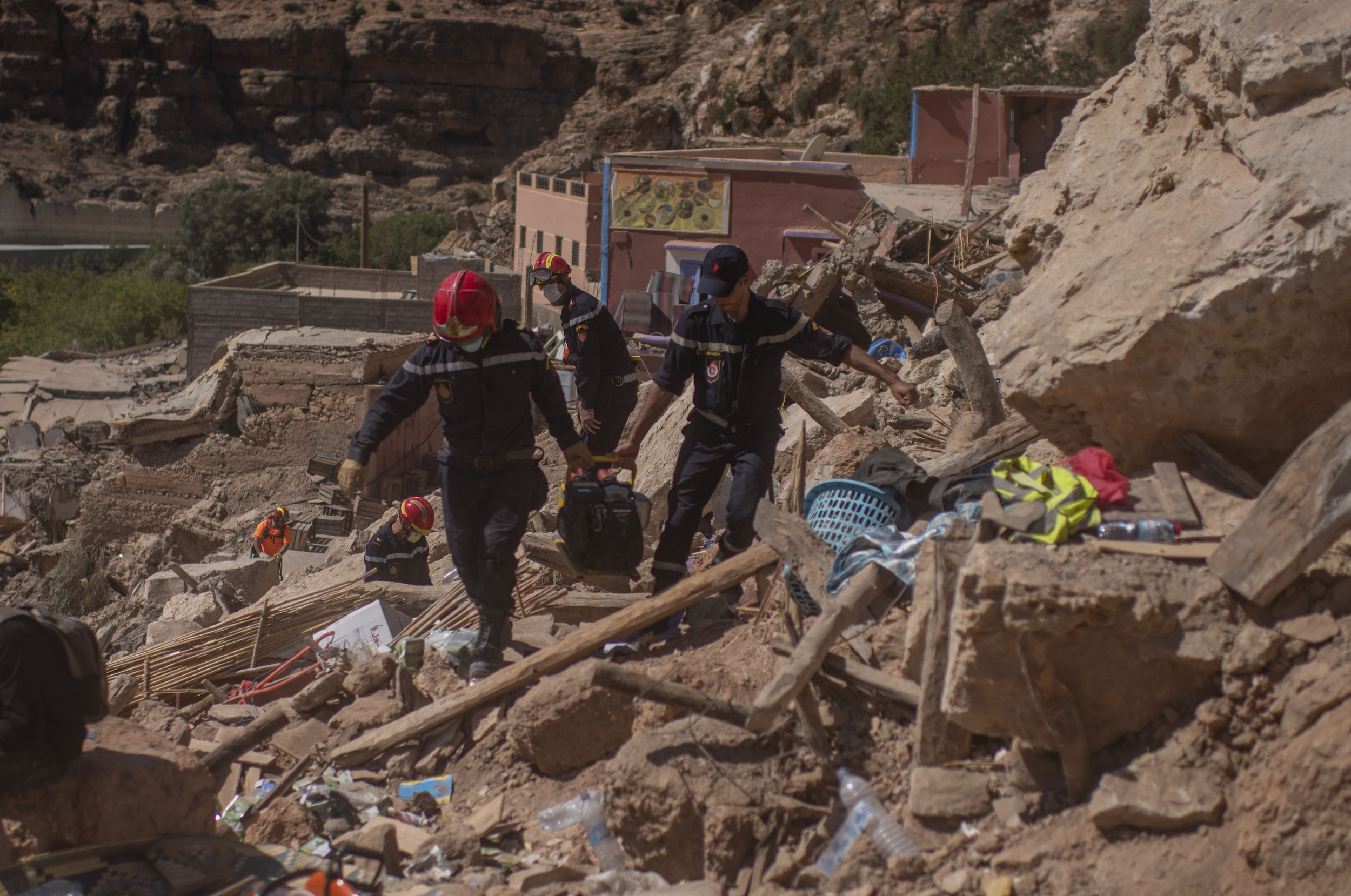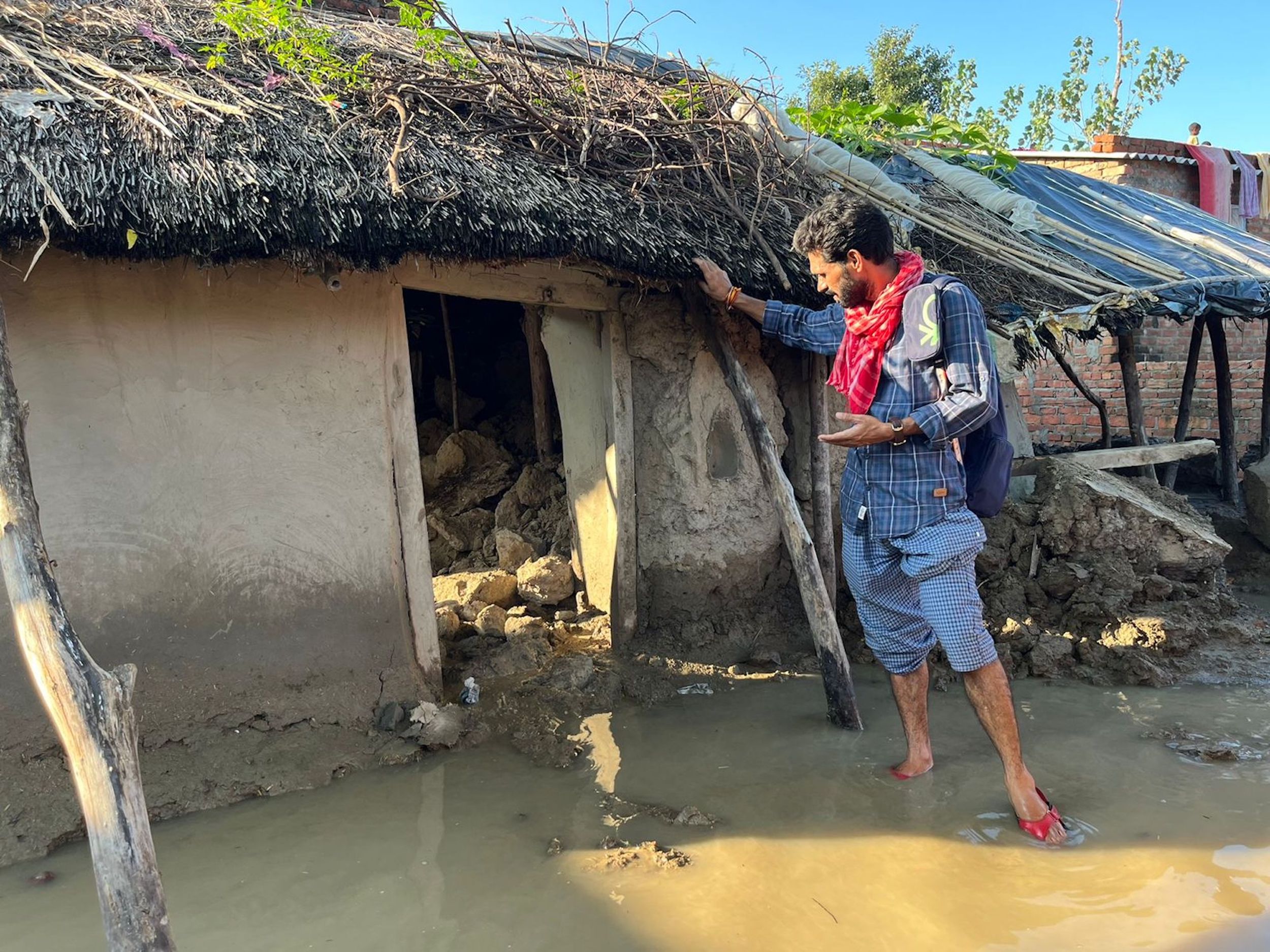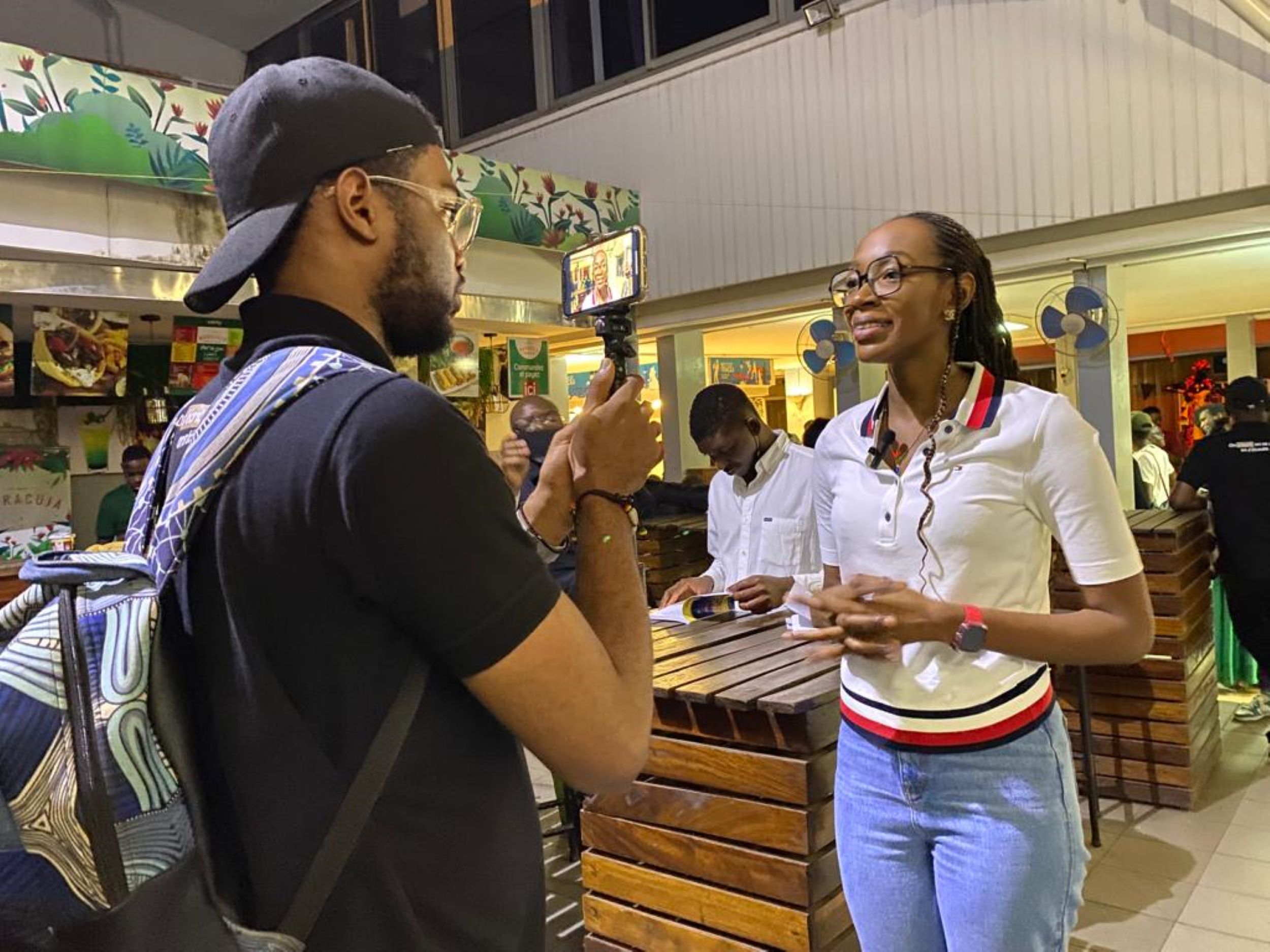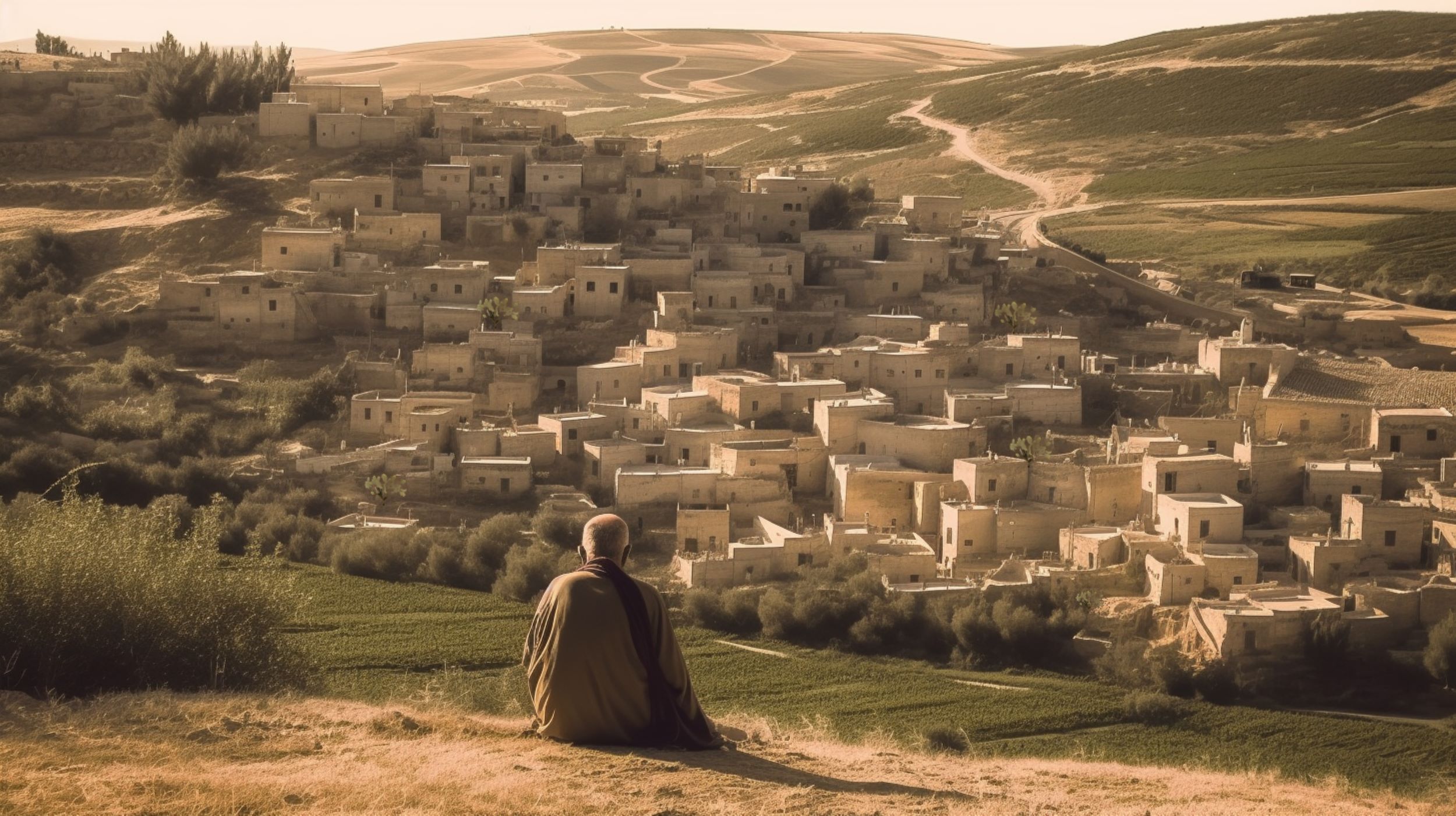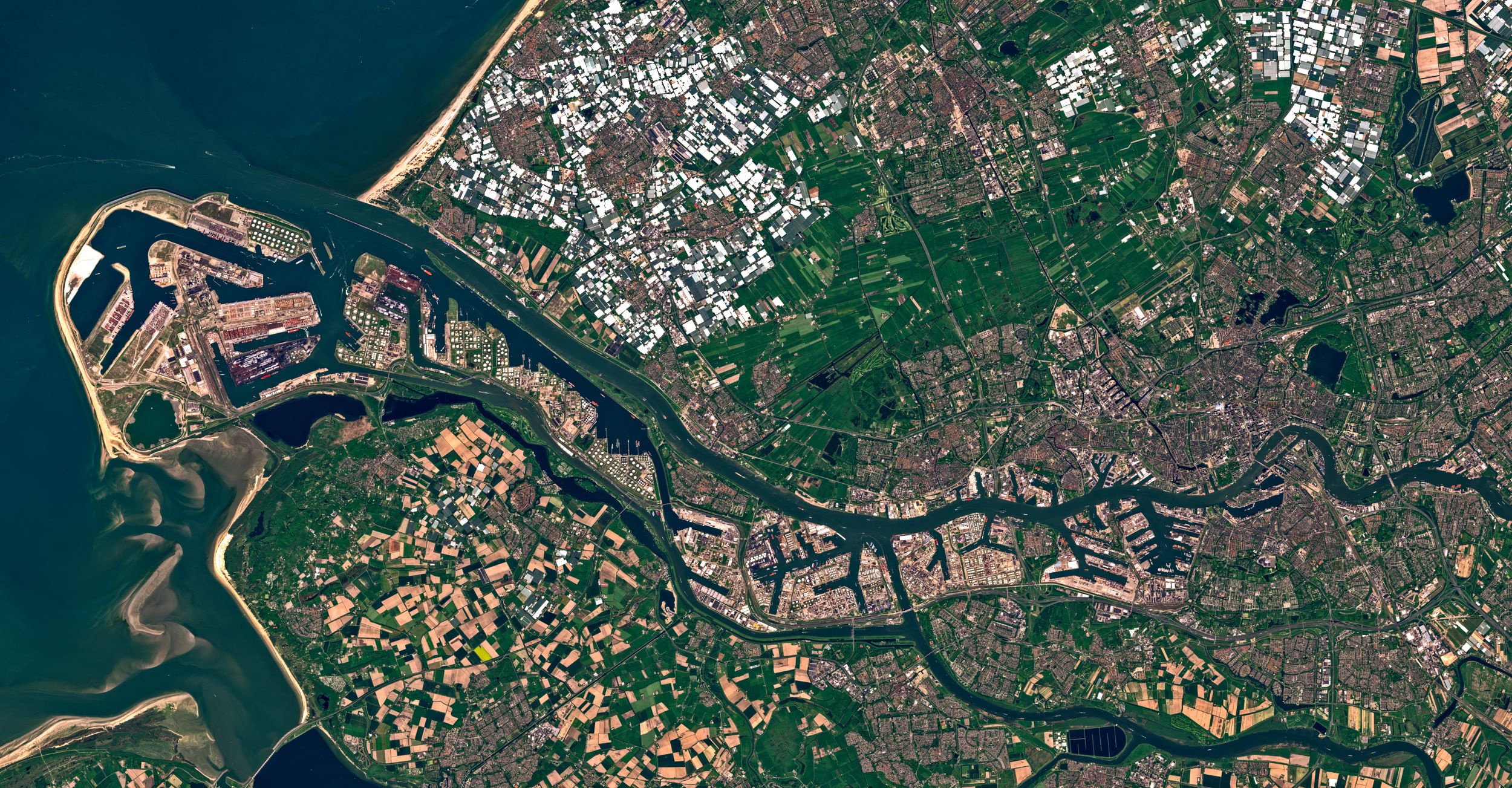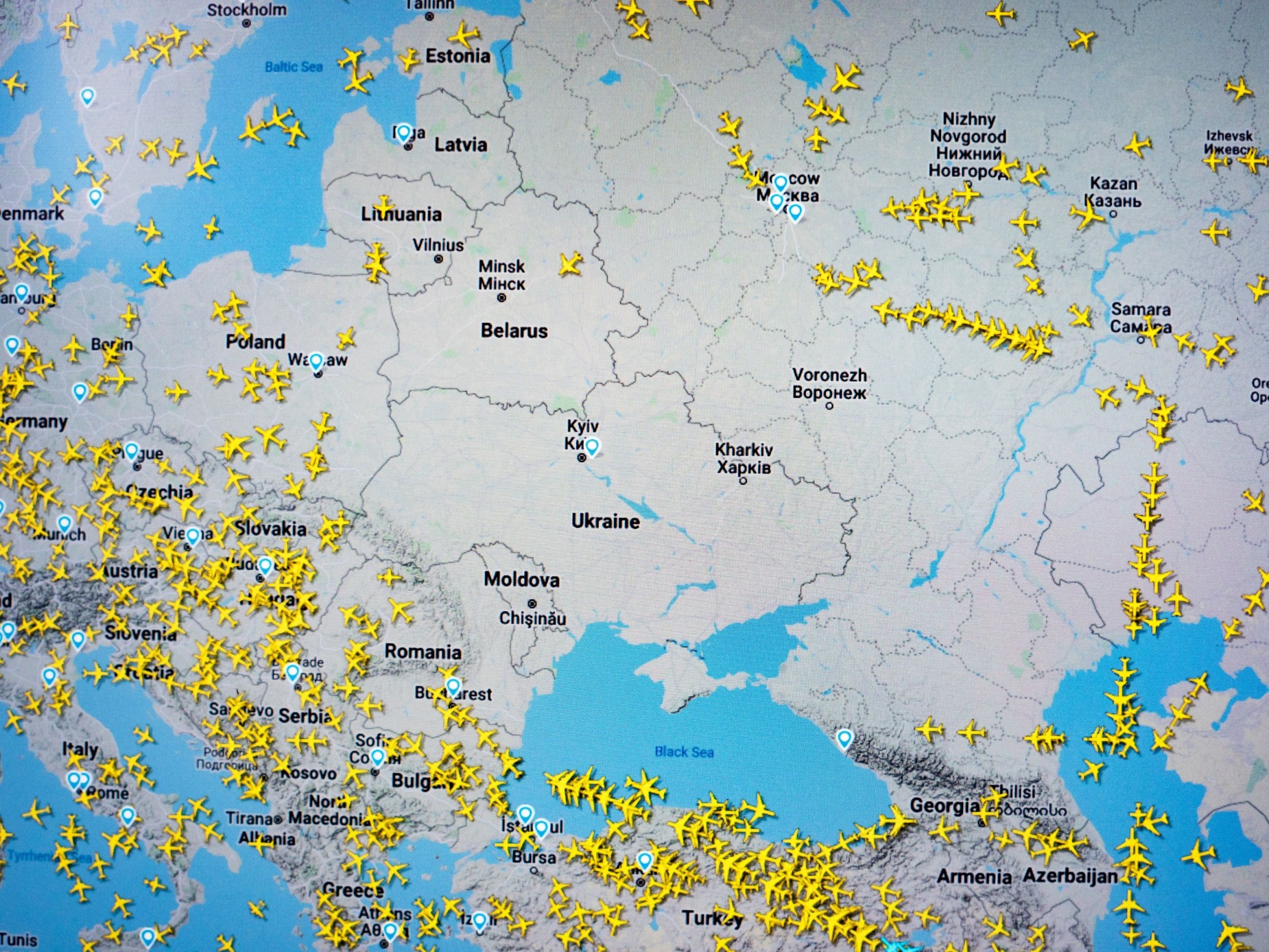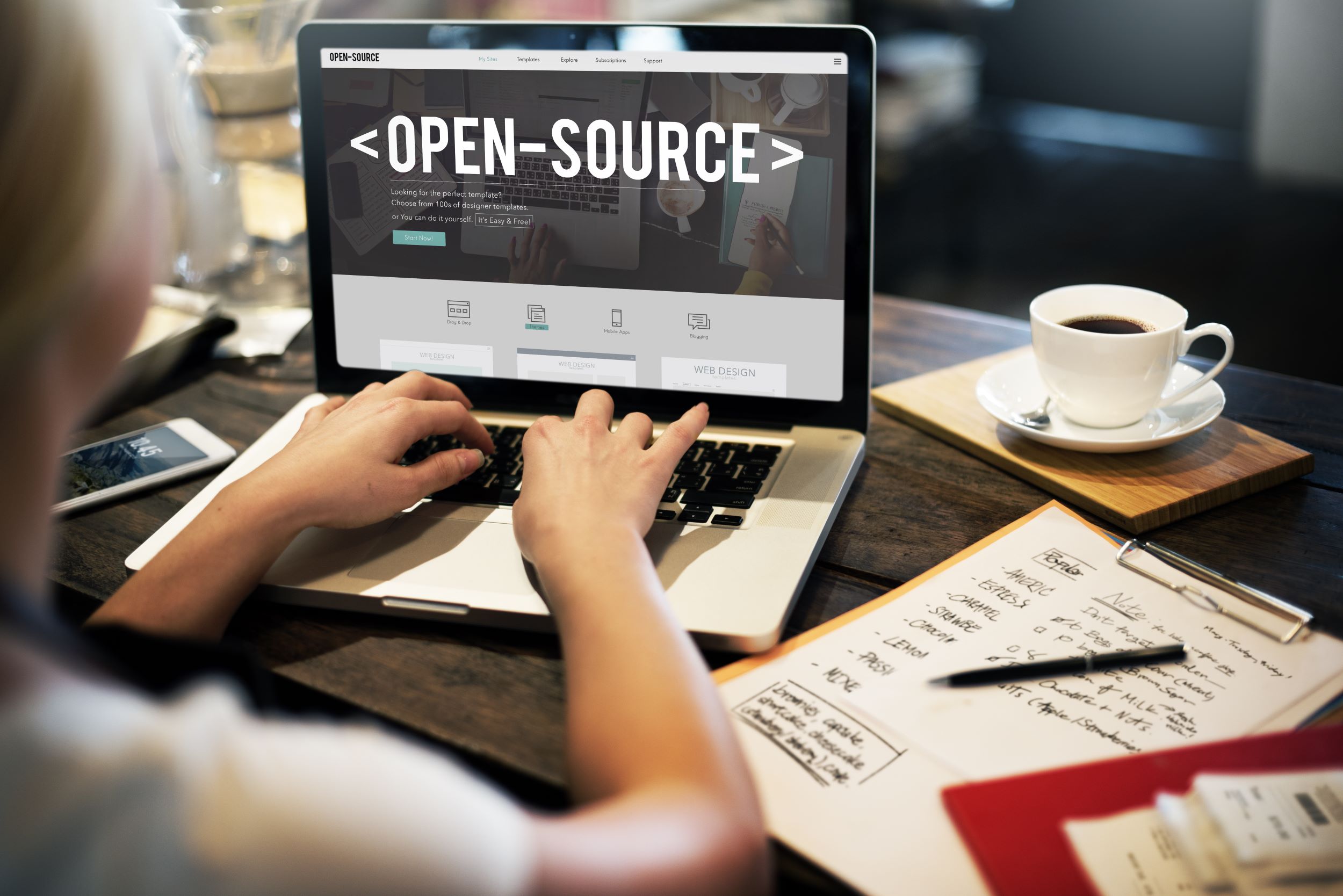رغم أن محاولات التنبؤ بمستقبل التكنولوجيا وتأثيرها على المهن المختلفة محاولات تصيب تارة وتخطئ أخرى، فإن ذلك لم يثن أحدا عن الاستمرار في التنبؤ. فبشكل ما، تلك التنبؤات هي تلخيص لأحلام البشر وتصورهم للمستقبل، وهي ما توفر للمطورين والمخترعين بيئة خصبة لاختيار مواضيع أبحاثهم. بالنسبة لي، أعتقد أن أفضل طريقة لتصور شكل الصحافة في المستقبل هي تصور شكل قارئ الصحف المستقبلي أولا.
كلمة "قارئ" ربما لا تكون دقيقة هنا، فهو أيضا مُشاهد ومُستمع، وربما يستخدم حواس أخرى في المستقبل كاللمس والتذوق، لكن لا بأس من استخدامها على أي حال. لم يعد معظم المحيطين بي دؤوبين على قراءة الصحف الصباحية كما كان الحال سابقا، فالأخبار تصلهم عبر ما ينشره صديق على الفيسبوك، أو من خلال خبر يلخصه صديق آخر في رسالة نصية على الواتساب، أو خبر يسخر منه صديق آخر من خلال صور متحركة ينشرها على تطبيق آخر لا أعرفه أنا أصلا. وبالتالي فإن الصحف بالفعل أدركت خلال العشر سنوات السابقة أنه لم يعد بوسعها نشر الأخبار على موقعها الإلكتروني وانتظار أن يأتيها القارئ هناك، فكل الصحف الآن تذهب إلى القارئ حيث يتواجد في مواقع التواصل الاجتماعي ومن خلال تطبيقات الرسائل النصية، لكن بشكل أقل حتى الآن. ورغم ذلك فإن تواجد الصحف في تلك البيئات الجديدة أيسر مما كان ممكنا في البيئات السابقة.
ربما عليّ التوضيح أكثر.. عندما ظهر التلفاز بعد الراديو، ظلت البرامج فيه محاكية لما كان مطروقا وقت الراديو، ضيوف في إستوديو ثابت وكاميرا لا تتحرك تنقل وجوههم وهم يتحدثون فقط.. احتاج الأمر وقتا ليدرك صناع البرامج في البيئة الجديدة أن بإمكانهم استغلال ما تتيحه لهم الكاميرات من حركة وإضاءة وبرامج ألعاب وأشياء ما كان بالإمكان تخيلها وقت الراديو.. الشيء نفسه عندما ظهرت الإنترنت وأدرك منتجو المحتوى أن من كان يُصنَّف كمتلقٍّ هو الآن مشارك يمكنه التفاعل مع المحتوى المقدم إليه.
لذلك فمن المتوقّع أن متلقي الخبر على الواتساب في المستقبل سيكون بمقدرته التحدث مع الصحيفة والاستفسار عن جزء غير واضح من الخبر لتأتيه الإجابة في لحظتها كما لو كان يتحدث مع صديق له، ناهيك عن استخدام الصحيفة للغة توائم البيئة الجديدة من صور متحركة ورسائل صوتية وغيرها. متلقي الخبر أيضا يتوقع من الصحيفة التي تتحدث إليه -مثلها مثل أي صديق حميم- أن تعرف ماهية الأخبار التي يهتم بها صديقه، وربما أسلوب الحوار الذي يفضله، فقارئ في العشرين من عمره يتوقع لغة حوار مغايرة تماما لما يتوقعها قارئ في الستين.
وبسؤال محمد سيد -وهو صحفي متخصص في مجال التكنولوجيا- حول وسائل نقل الخبر في المستقبل، لفت إلى أهمية الواقع الافتراضي الذي يوفر للمتلقي تفاعلا مباشرا مع عناصر القصة الصحفية المقدمة له.. "تفاعل الصحافة مع المتلقي -مستقبلا- يعتمد على تقنية الواقع الافتراضي والواقع المعزز، خصوصا مع دعم الشركات الكبرى مثل آبل وغوغل ومايكروسوفت لهذه التقنيات وتوفير أدوات وتطبيقات لإنشاء محتوى تفاعلي، حيث يمكن لتقنية الواقع الافتراضي نقل الأحداث ووجهات النظر إلى المتلقي بالإضافة إلى المشاعر المرتبطة بهذه الأحداث.. يمكن رواية القصة كاملة وليس فقط ذكر مجرد معلومات وحقائق. كما تتيح تقنية الواقع الافتراضي لمنتجي الأخبار رواية القصص الصحفية من وجهتي نظر مختلفتين مع إمكانية تعرف المتلقي عليهما، والمتلقي يمكنه -على سبيل المثال- التجول في الشارع الذي تتحدث عنه القصة، ويمكنه أيضا معرفة معلومات أكثر بالنقر على عنصر ما داخل القصة. أما عن تقنية الواقع المعزز فيمكنها نقل المتلقي إلى موقع الحدث عبر الدمج بين الواقع الافتراضي والواقع الحقيقي".
وبسؤاله عن مدى واقعية انتشار تلك التكنولوجيات كانت إجابته أنه "تتوفر الآن العديد من نظارات الواقع الافتراضي غير المكلفة لأجهزة أندرويد وأجهزة ويندوز، وبدأت آبل مؤخرا في دعم تقنيات الواقع المعزز، أي أن المتلقي الآن لديه الاستعداد بالفعل لتلقي الأخبار بطريقة مختلفة وأفضل".
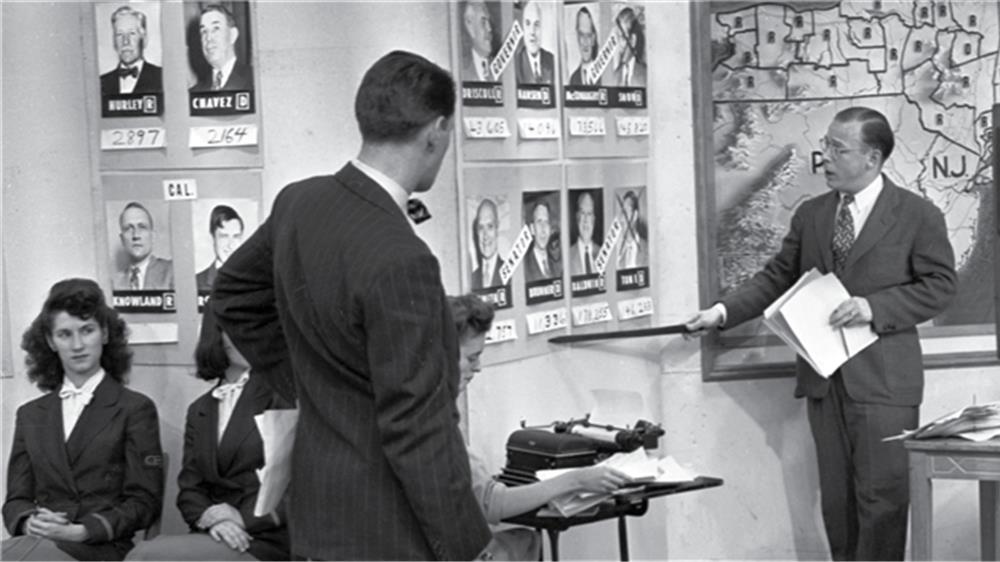
متطلبات صناع الخبر
صنّاع الخبر لهم متطلبات فرضها التطور الحالي، ويجب عليهم التفكير في تلبيتها. قديما كانت الصحف هي المتحكمة في المساحات الإعلانية لديها، تبيعها بالسعر المناسب لها من خلال وكالات إعلانية غالبا ما كانت مملوكة للصحيفة نفسها. والمعلن لم يكن بمقدوره معرفة من رأى إعلانه ومن تجاهله، ومن ثم كان بمقدور الصحيفة فرض أي سعر دون نقاش. تطور الوضع الآن، فشركات مثل غوغل وغيرها هي المتحكمة في بيع المساحات الإعلانية، والمعلن يعرف الآن بالضبط كم شخصا رأى إعلانه وكم شخصا منهم نقر عليه.
كل هذا التغيير والصحف ما زالت تمتلك مواقعها الإلكترونية، فما بالك حين تكون مجبرة على الذهاب إلى القارئ من خلال اليوتيوب والواتساب أو من خلال روبوت منزلي يتحدث مع مالكيه ويقص عليهم آخر الأخبار؟!.. التفكير في وسائل جديدة للربح لم يعد رفاهية.
وسائل مبتكرة
على ذكر الروبوتات المنزلية، هناك الآن بالفعل من يتلقى الأخبار من خلالها، وهناك آخر يتلقى الأخبار من خلال ساعة اليد التي يرتديها. ومستقبلا، لربما نتلقى الأخبار من خلال نظارة طبية. ومع كل وسيلة جديدة يجب على منتج الخبر التفكير في الصيغة المناسبة لنقل الخبر في تلك البيئة، والوسيلة الأنسب لضمان وجود ريع من الربح يناسب تلك البيئة.
باختصار، أنا وغيري الكثيرون نتصور متلقي الخبر في المستقبل القريب قادرا على استقباله عبر وسائل مختلفة، لكن ما يجمعها أنها كلها تعرفه وتعرف اهتماماته بدقة لتنقل له فقط ما يريده باللغة والأسلوب المناسبين، وهو ما أيده عمرو العراقي الصحفي العامل في مجال صحافة البيانات، حيث يرى أن الصحف لن يمكنها تلبية تلك الاحتياجات إلا عبر تكنولوجيا قادرة على كتابة خبر وإعادة صياغته والتحدث مع متلقي الخبر كما لو كان لكل قارئٍ صحفيٌّ إلكتروني خاص به. ورغم أن تلك التصورات تشبه الأحلام، فإن التكنولوجيا الموجودة الآن ليست بعيدة عن هذا.
وبخصوص التنبؤ باهتمامات القارئ، أضاف العراقي أن هناك بالفعل تكنولوجيا قادرة على معرفة اهتمامات المتلقي بدقة واختيار المحتوى المناسب له من خلال الذكاء الصناعي، وهو ما يفعله فيسبوك وغيره حاليا. وهناك أيضا -ولكن على نطاق محدود- تكنولوجيا قادرة على كتابة أخبار بشكل آلي دون تدخل من البشر، وبالطبع هناك تطبيقات مثل آبل سيري وأمازون أليكسا قادرة على التحدث مع المستخدم وإجابة أسئلته كما لو أنها إنسان، وهي تتطور بسرعة.. ناهيك عن تكنولوجيات قادرة على فهم محتوى الصور وتلخيص ما بها في صورة نصوص كتابية، والعكس غير مستحيل أيضا: تكنولوجيا تقرأ خبرا وتعيد إنتاجه في صورة فيديو افتراضي، وهو أمر يبدو مستحيلا، لكن لا أظنه مستبعدا خلال أقل من عشر سنوات.
وبالنتيجة، على كل منتج للخبر أن يتصور شكل قارئ الصحف المستقبلي، ويدرك أن تطور التكنولوجيا السريع سيجعل تلبية احتياجات القارئ أمرا ممكنا.








